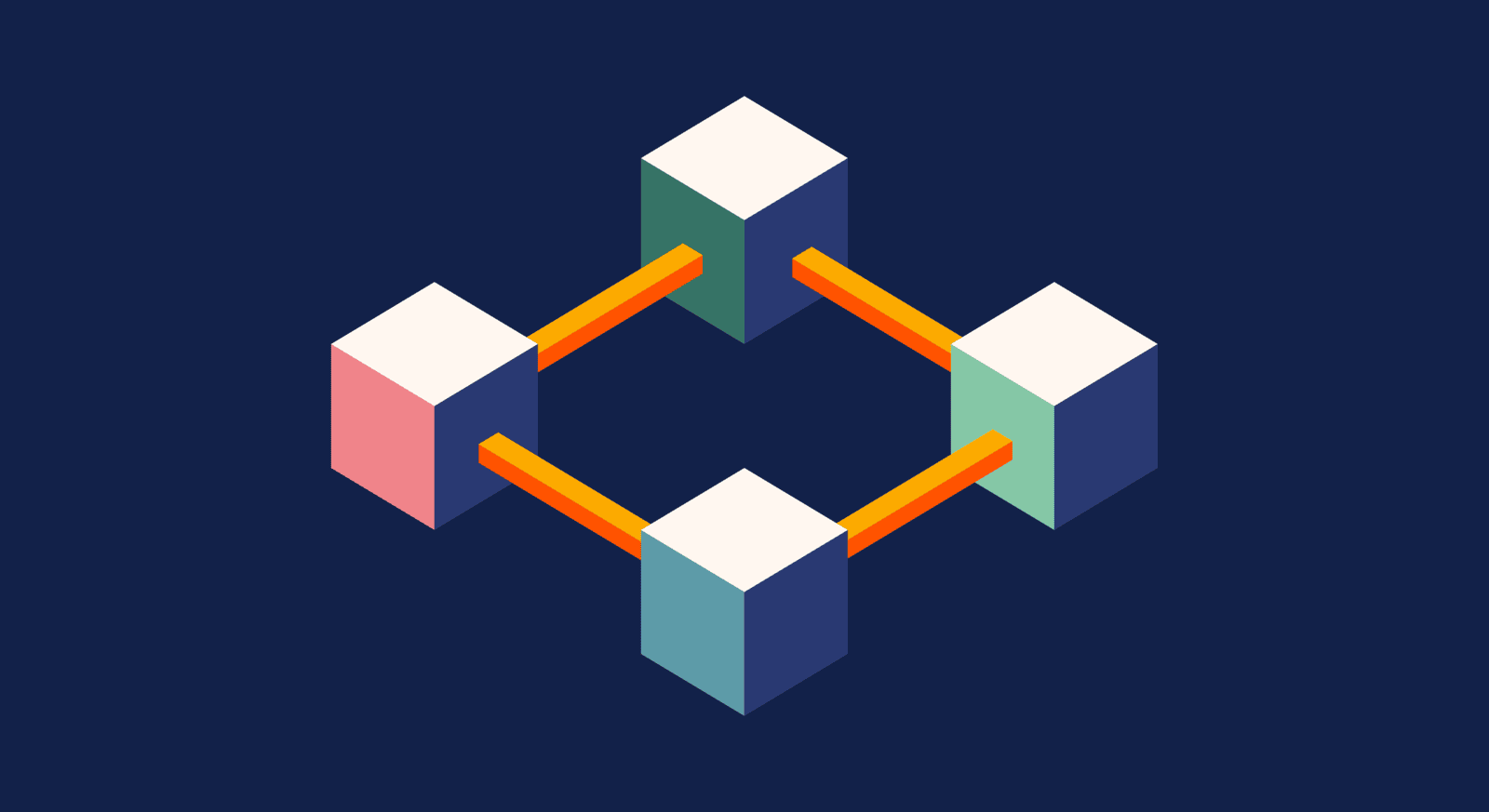Open banking is revolutionizing the financial services industry by enabling third-party providers to access consumers' financial data through application programming interfaces (APIs). This paradigm shift fosters innovation, enhances customer experiences, and promotes competition among financial institutions. In this blog, we will explore the history of open banking, its foundational components, practical applications, and its impact on traditional banking and end-users.


History of Open Banking
The concept of open banking emerged in response to the need for greater transparency and competition in the financial sector. In 1998, Germany introduced the Home Banking Computer Interface (HBCI), an open standard for electronic banking aimed at democratizing financial information.
This initiative laid the groundwork for future developments in open banking.
A significant milestone was the introduction of the First Payment Services Directive (PSD1) by the European Union in 2007, which promoted competition and integration in the European payments market. This directive was further enhanced by PSD2 in 2015, mandating banks to provide licensed third-party providers access to customer data, thereby reducing banks' monopoly over user information.Corner stone of Open Banking
Open banking is built upon several key components:
APIs (Application Programming Interfaces): APIs allow secure data exchange between banks and third-party providers, enabling the development of new financial products and services.
Data Sharing: With customer consent, financial institutions share data with authorized third parties, fostering transparency and personalized service offerings.
Bank for International Settlements
Regulatory Frameworks: Regulations like PSD2 in Europe and recent CFPB rules in the U.S. provide the legal foundation for open banking, ensuring consumer protection and standardizing practices across the industry.
Uses of Open Banking
Open banking has facilitated numerous innovations in financial services:
Personal Finance Management: Third-party applications can aggregate data from multiple accounts, providing users with comprehensive insights into their financial health.
Payment Initiation Services: Consumers can authorize third-party providers to initiate payments directly from their bank accounts, streamlining transactions and reducing reliance on traditional payment methods.
Lending Platforms: Access to detailed financial data allows lenders to assess creditworthiness more accurately, leading to more tailored loan offerings and potentially better interest rates for consumers.
Impact on traditional Banking and end-user
Traditional Banks: Banks are compelled to innovate and collaborate with fintech companies to retain and attract customers. This shift encourages the development of new services and more competitive pricing. However, it also presents challenges, such as ensuring data security and adapting to new regulatory requirements.
End-Users: Consumers benefit from a broader range of financial products and services tailored to their individual needs. Open banking enhances transparency, empowers users with greater control over their financial data, and can lead to more favorable financial outcomes. Nonetheless, it raises concerns about data privacy and the potential for misuse, necessitating robust security measures and informed consent protocols.
Conclusion
Open banking represents a transformative shift in the financial landscape, breaking down traditional barriers and fostering a more inclusive and competitive environment. By embracing this model, financial institutions can drive innovation, improve customer satisfaction, and adapt to the evolving demands of the digital age. For consumers, open banking offers greater autonomy, personalized services, and the potential for improved financial well-being. As the ecosystem continues to evolve, it is imperative for all stakeholders to prioritize security, transparency, and collaboration to fully realize the benefits of open banking.
